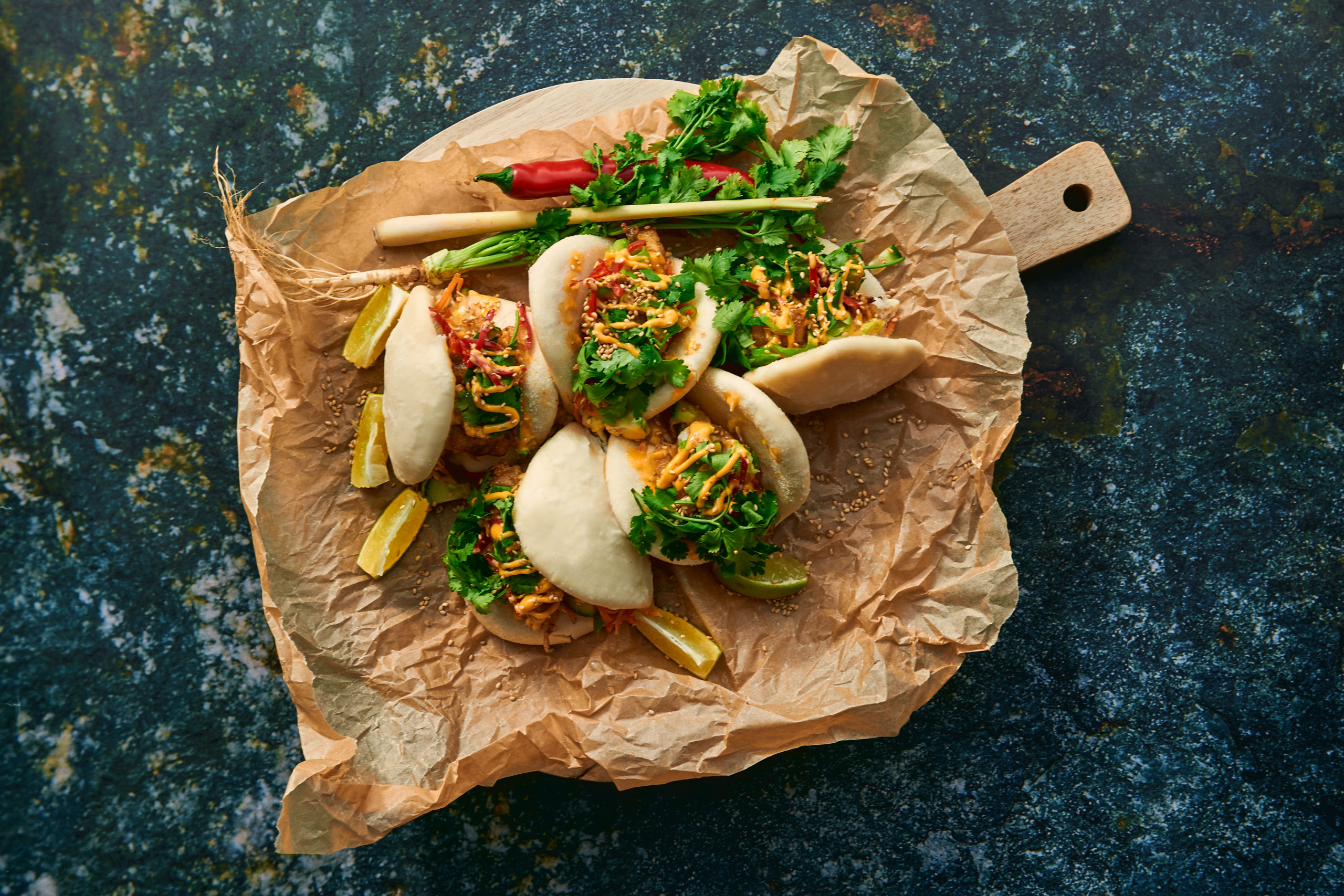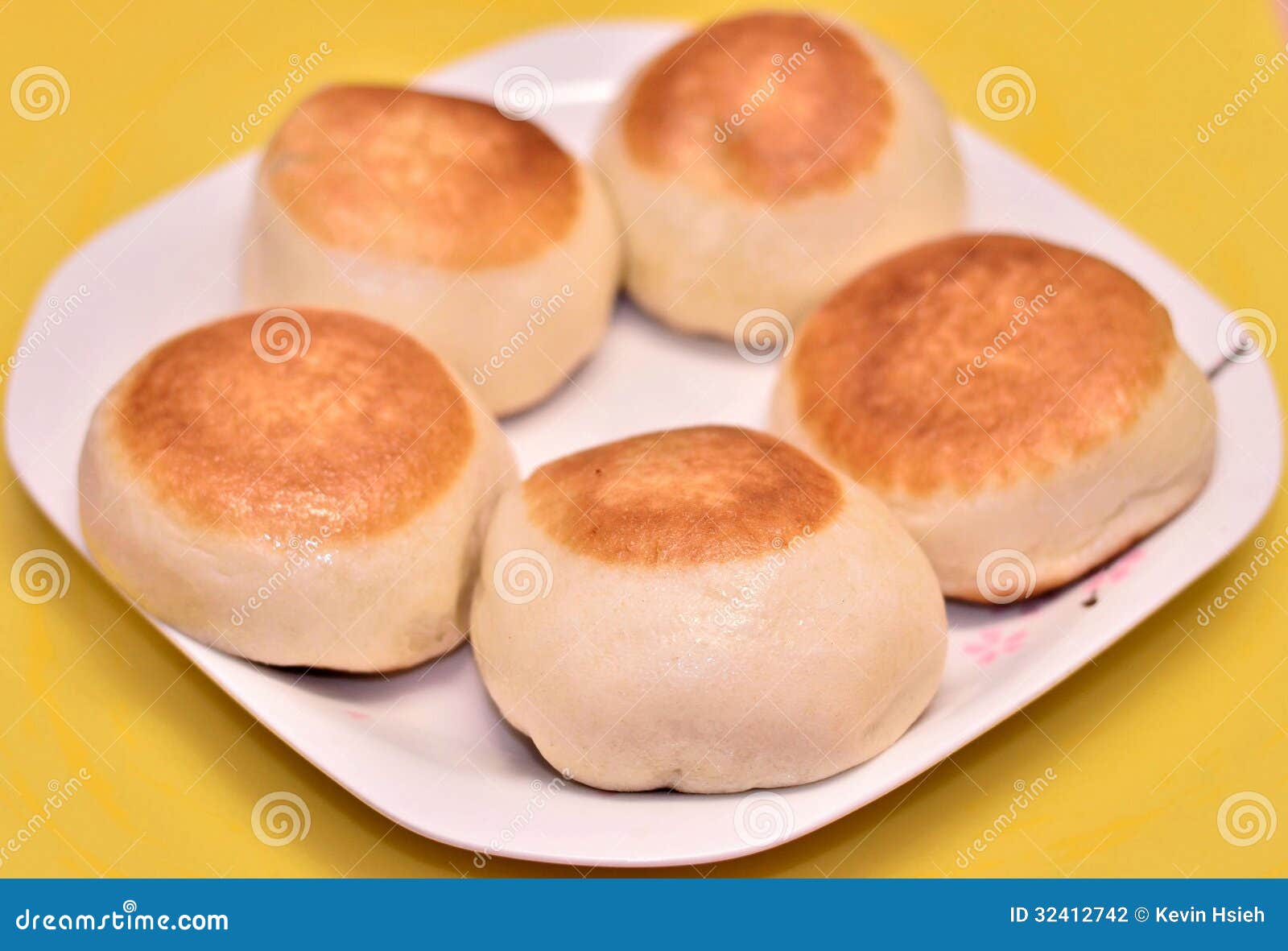
Because it is succulent and prepared only with thin, partially leavened dough, it is sometimes considered different from other bao types, and more closely resembles a jiaozi (dumpling). Types įilled with barbecue-flavoured char siu pork typical of Cantonese cuisine ( Guangdong province and Hong Kong)Ī well known restaurant chain specializing in baozi considered characteristic of Tianjin, Northern China Its name literally means, "Dog ignores it".Ī small, meat-filled baozi from Shanghai containing an aspic that reverts to a juicy broth when cooked. Over time mantou came to indicate only unfilled buns in Mandarin and some varieties of Chinese, although the Wu Chinese languages continue to use mantou to refer to both filled and unfilled buns. According to legend, the filled baozi is a variation of manta invented by military strategist Zhuge Liang. Prior to the Northern Song Dynasty (960–1279), the word mantou was used for both filled and unfilled buns. Written records from the Song dynasty show the term baozi in use for filled buns.

They are popular throughout China and have made their way into the cuisines of many other countries through the Chinese diaspora. A small ceramic dish for dipping the baozi is provided for vinegar or soy sauce, both of which are available in bottles at the table, along with various types of chili and garlic pastes, oils or infusions, fresh coriander and leeks, sesame oil, and other flavorings. Each order consists of a steamer containing between three and ten pieces. The other type, Xiǎobāo (小包, "small bun"), measure approximately five centimetres (two inches) wide, and are most commonly eaten in restaurants, but may also be purchased for take-away.

Two types are found in most parts of China and Indonesia: Dàbāo (大包, "big bun"), measuring about ten centimetres (four inches) across, served individually, and usually purchased for take-away. They are a variation of mantou from Northern China. There are many variations in fillings ( meat or vegetarian) and preparations, though the buns are most often steamed. Serve the Thai Style Steamed Buns Recipe along with Thai Green Papaya Salad by the side or light appetizer like Asian Style Baby Corn With Sesame Seeds & Peanut Sauce.Baozi ( Chinese: 包子), Pao-tsih or bao, is a type of yeast-leavened filled bun in various Chinese cuisines.

Once the buns steamed, take them out and add pickled vegetables inside and serve. Heat a vegetable steamer with water, place the parchment paper over the steamer, place all the risen semi circle dough onto the paper and steam them for 10 minutes. Take the risen dough out, pinch out small balls from them, flatten and make them into a oval shape with 1 centimeter thick.Īpply oil little and fold it over to make semi circle, place them aside to rise again for about 10 minutes. Meanwhile, chop all the vegetables and mix it with soy sauce, chili vinegar, sugar and salt. Knead for about 10 minutes and place the dough into the same bowl and cover it with a damp cloth and keep it aside to rise for about 30 minutes. In another big bowl, add whole wheat flour, the fermented yeast dough, salt and little water and combine it to form a soft dough. To begin making the Thai Style Steamed Buns Recipe, take Maida flour, sugar and yeast in a separate bowl.

#Steam buns how to
How to make Thai Style Steamed Buns Recipe


 0 kommentar(er)
0 kommentar(er)
